How And When To Harvest Potatoes: Pro Tips For Picking The Perfect Potatoes
Knowing how to harvest potatoes will help you get the greatest benefit from your crop. Here are some expert tips to help you pick perfect potatoes.

You’ve planted early, hilled carefully, cultivated and fertilized. Your potato plants are full and healthy. Now you’re wondering when to harvest potatoes you’ve so carefully tended. Knowing how to harvest potatoes will help you will help you get the greatest benefit from your crop.
About Potatoes
Potatoes are one of America's favorite veggies, with each person consuming 125 pounds (11 kg) of the tubers per year! Available in sizes from tiny fingerlings to larger Russets perfect for baking, potatoes come in all sizes and colors.
Potatoes require little maintenance once planted. This cool weather crop is ideally suited for northern climates, but can also be grown as a winter crop down south.
Seed potatoes can be planted 2-4 weeks before the last frost date for your area, either directly in the garden or in buckets, bags, pots or even straw. Planting in some type of container makes for easier harvesting of potatoes, and is also a great solution for those with limited space.
If you are planting directly into the garden, you will need to hill up around the tubers as they grow. This simply means mounding soil periodically around the base of the plant, making sure the tubers are underground. If they are exposed to sunlight, they turn green and produce solanine,
How Long Until Potatoes Are Ready?
So when are potatoes ready to harvest? Harvest times vary depending upon the variety.
Early season potatoes mature in 60-80 days. Because of their thinner skins, this type of potato can only be stored for about 3 weeks.
Gardening tips, videos, info and more delivered right to your inbox!
Sign up for the Gardening Know How newsletter today and receive a free copy of our e-book "How to Grow Delicious Tomatoes".
Mid-season potatoes or second earlies are ready to be picked 80-100 days after planting. These potatoes store for up to a month.
Later season potatoes can be harvested after 100-130 days. They can be stored for 2-3 months.
How to Tell When to Pick Potatoes
There are a couple of indicators marking potato maturity and readiness for harvest. The first thing to look for is the vigor of the plants. When potatoes are almost mature enough to harvest, the plants have a tendency to begin to yellow and wilt. If you see this, it’s time to stop watering and wait for a week or two. After that time has passed the potatoes are likely ready to harvest.
Another indicator of potato readiness is to dig up a hill and have a look. Dig up a hill after the plant looks practically dead and/or the type of potato you're growing has passed its date to maturity. Pick up a potato and rub your thumb on it. If it has thin skin that can easily be rubbed off, it's a new potato. These can be picked and eaten, but they won't store well. Leave the rest of the plants for a few more days to mature.
How to Harvest Potatoes
When you’ve ascertained the tubers are ready, use a garden fork or spade and as gently as possible lift the soil beginning at the outside edge of the plant until the potatoes are exposed. Take care not to damage the tubers, because this will open them up to bacteria and lead to rot. If you do accidentally fork a potato, use it immediately.
Harvesting Potatoes Grown in Bags
If you are growing your potatoes in a bag, wait until the foliage has yellowed and is dying back and then harvest your tubers. Simply dump the entirety of the bag onto a tarp. With your hands, dig through the soil and extract the potatoes. In a good year, expect to harvest about 7 pounds (3 kg) of potatoes.
How to Avoid Bruising
Bruising of potatoes is a more common occurrence in commercially harvested fields due to mechanical harvesters but it can still occur in the home garden. Again, be as gentle as possible with the tubers to avoid bruising which shortens shelf life by exposing them to diseases.
Curing Potatoes
Prior to storing potatoes for any length of time it is important to allow them to cure. Curing simply means placing the tubers in an area of between 45-60 F (7-16 C) with a relative humidity of 85-95% for two weeks.
What does this do? Curing potatoes is an important step that promotes skin thickening and healing of minor cuts and bruises.
Once the potatoes have cured, remove any that are shriveled or seem soft lest they cause spoilage in the remaining healthy tubers.
Should I Wash Potatoes Before Storing?
Never wash potatoes before storing them. Just gently rub excess soil from the tubers with your hands before curing the potatoes. If you wash them, they will be too wet which can facilitate molds and mildews; fungal diseases.
How to Store Potatoes
Store potatoes in a dark area with a temperature of 38-40 F (3-4 C) and a relative humidity of 90-95%. If temperatures are too warm, the tubers will sprout; if temps are too cool, they develop a sweet flavor.
Never allow the potatoes to freeze. Do not store in sealed, closed bags. Instead opt to leave them open in a box or container or in perforated bags so they get air flow.
Never store potatoes with apples or other fruit which produce ethylene gas that will promote sprouting.
Green Potatoes
As mentioned, when sunlight hits potato tubers, they turn green and produce a toxic compound. Even if you’ve been vigilant about hilling, sometimes one or two will slip by you and become green. Potatoes can even turn green during storage if they are stored where there is sunlight.
If the potato is mostly green, it’s best to discard it. But if there are just small green areas, pare them out with a knife and then the remainder of the tuber can be safely eaten.
Love Gardening Know How? Our latest book, The Complete Guide to Vegetable Gardening, is available now!
Perfect for the gardener in your life, or for your own coffee table, this book boasts 224 pages of high-quality pictures, expert tips, and easy-to-follow advice to get your vegetable garden growing its best. Look for it at these sellers, and wherever quality books are sold.

Jackie Rhoades began writing for Gardening Know How in 2010.
- Amy GrantWriter
- Amy DraissDigital Community Manager
-
 Looking For Plants To Give You The Soft And Fuzzies? Try These 5 Fuzzy Leaf Plant Options
Looking For Plants To Give You The Soft And Fuzzies? Try These 5 Fuzzy Leaf Plant OptionsLovers of texture, drama, silver foliage and tactile plants will adore these special sensory garden additions. These fuzzy leaf plant options will leave you all aglow
By Susan Albert
-
 Get Ready For A Summer Of Hummers! Grow These Full Sun Hummingbird Plants and Flowers
Get Ready For A Summer Of Hummers! Grow These Full Sun Hummingbird Plants and FlowersIf you’re lucky enough to enjoy a sunny backyard, make sure you are maxing out on your pollinator opportunities and grow these full sun hummingbird plants and flowers
By Tonya Barnett
-
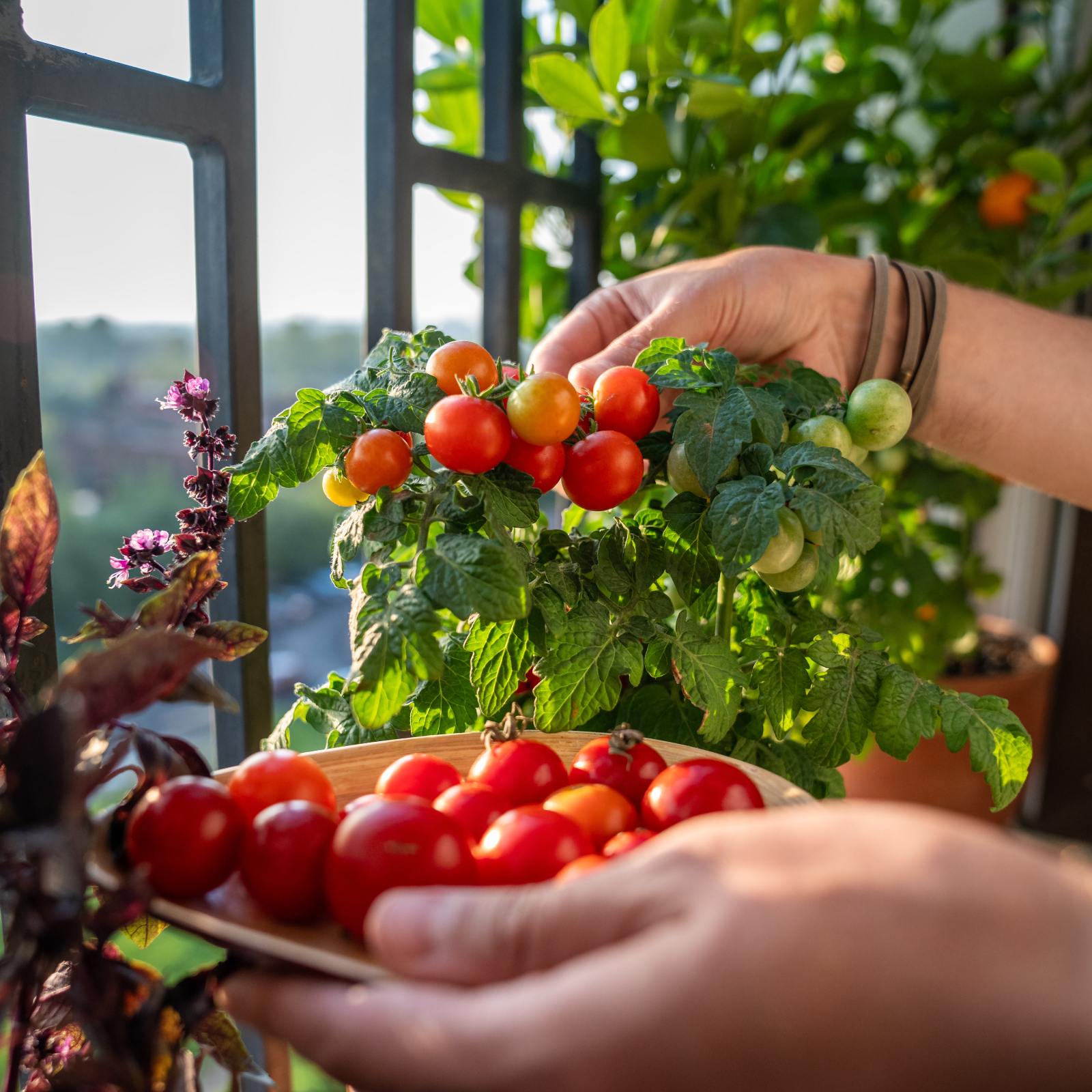 Best Tomatoes For Containers: 10 Tastiest Varieties For Plentiful Produce In Compact Areas
Best Tomatoes For Containers: 10 Tastiest Varieties For Plentiful Produce In Compact AreasThese are the best tomatoes for containers that prove you don't need to have a large space or elaborate garden to grow delicious produce.
By Bonnie L. Grant
-
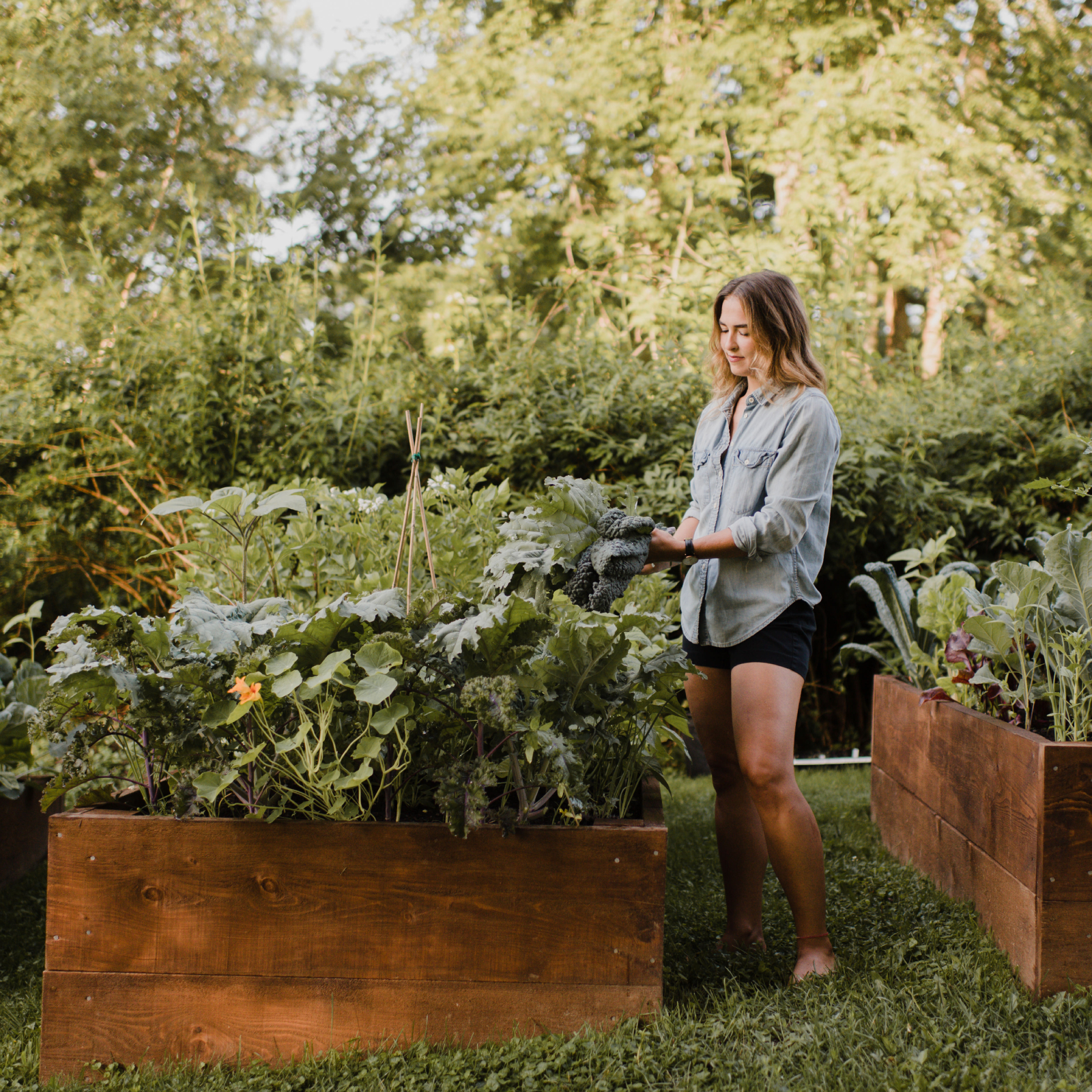 Raised Bed Garden Layout Ideas To Maximize Your Vegetable Harvest
Raised Bed Garden Layout Ideas To Maximize Your Vegetable HarvestCurious how to maximize your vegetable garden this year? Try these raised bed layout ideas and tips to get the most out of your space.
By Teo Spengler
-
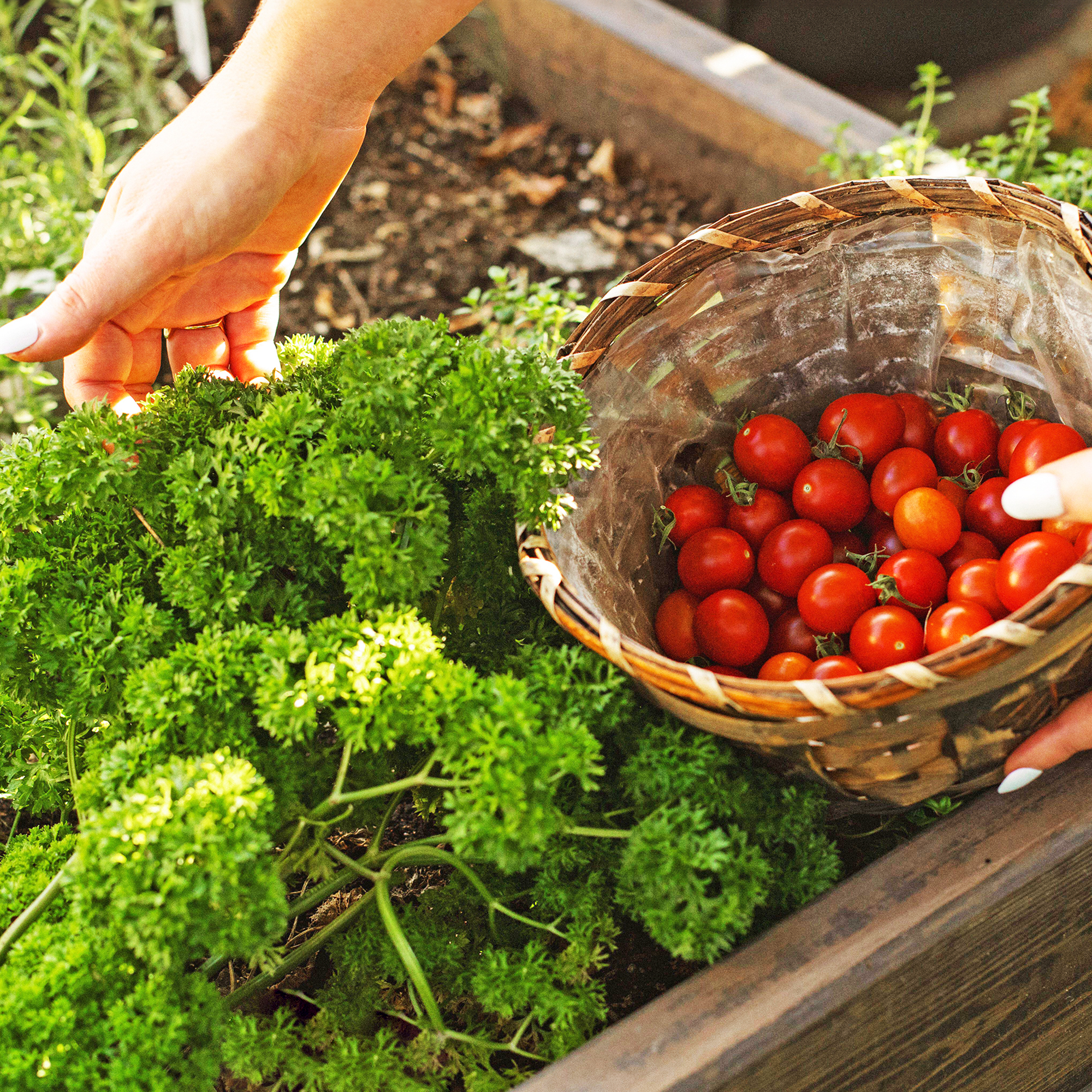 Best Herbs To Plant With Tomatoes: 6 Perfect Companions For Better Flavor & Bigger Harvests
Best Herbs To Plant With Tomatoes: 6 Perfect Companions For Better Flavor & Bigger HarvestsCertain herbs make excellent neighbors to tomatoes in the vegetable garden, repelling pests, keeping down weeds, and enhancing flavor. Try these top varieties.
By Mary Ellen Ellis
-
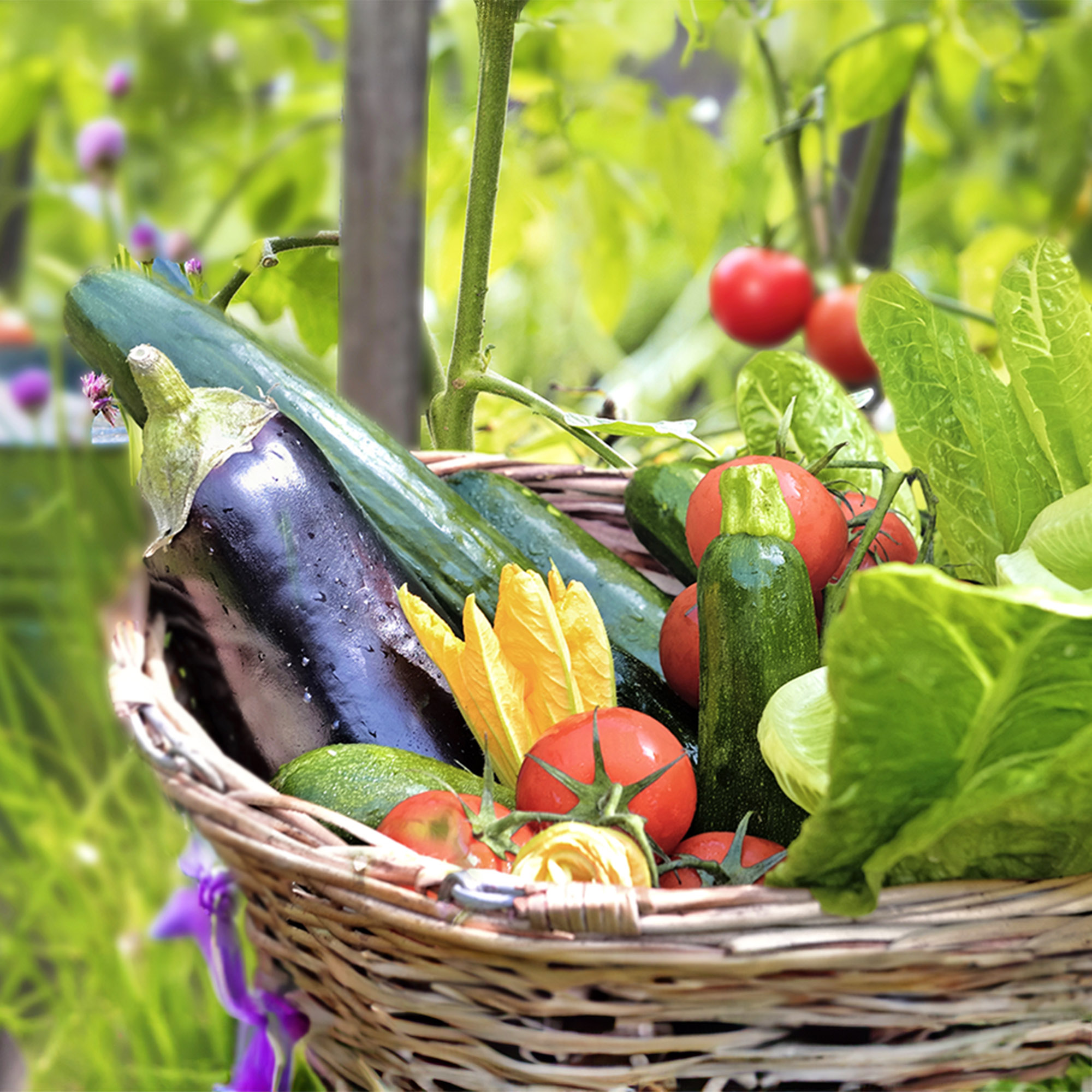 7 Best Vegetables To Plant In February – And Start Harvesting From Early Spring
7 Best Vegetables To Plant In February – And Start Harvesting From Early SpringGet a head start on your garden with these delicious veggies. Plant now and you can begin enjoying home-grown harvests sooner than you think.
By Mary Ellen Ellis
-
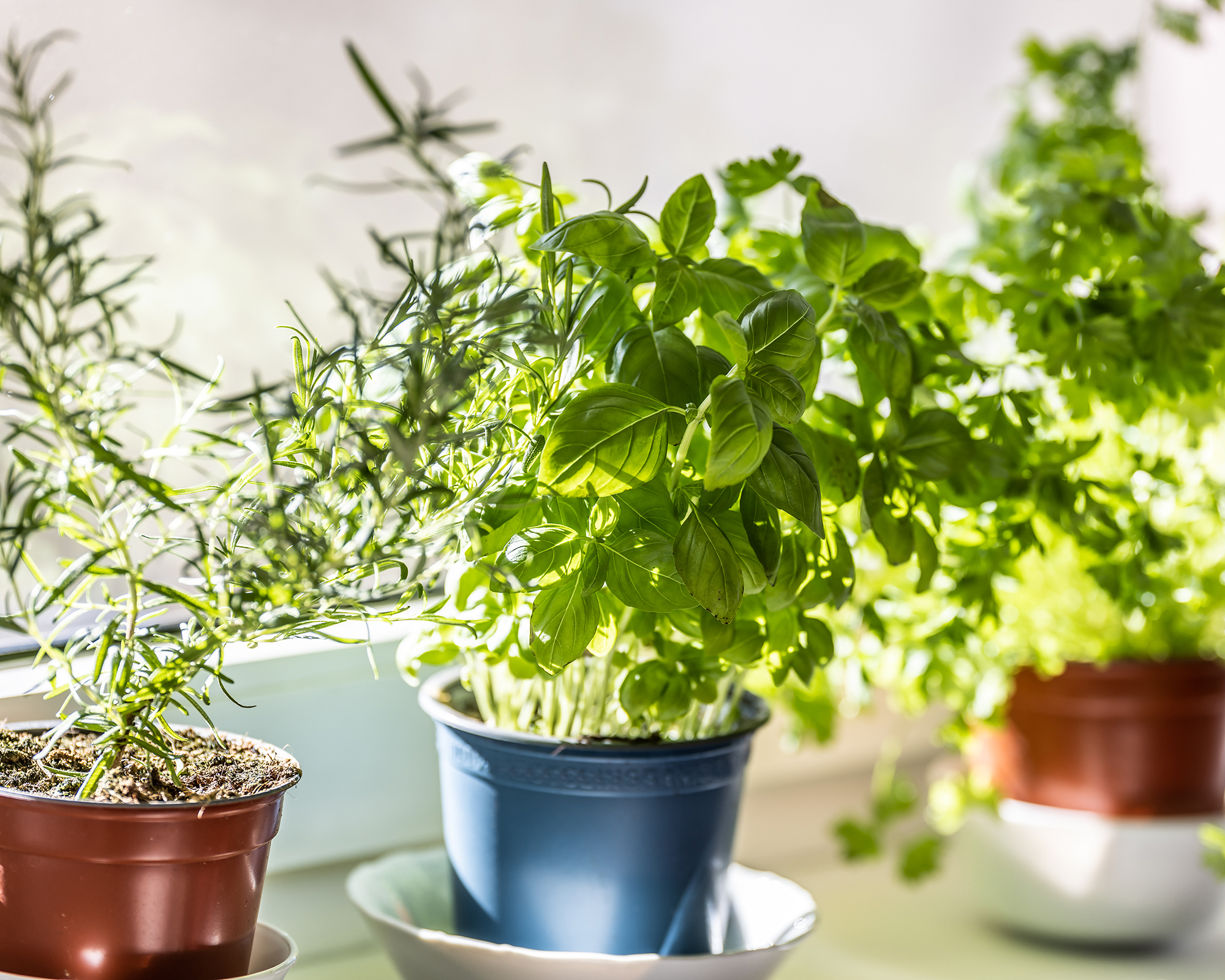 How To Grow A Windowsill Full Of Veggies This Winter, According To A Top Gardening Expert
How To Grow A Windowsill Full Of Veggies This Winter, According To A Top Gardening ExpertAward-winning journalist and climate-resilient gardening expert Kim Stoddart reveals her top plant picks and tips for a productive winter windowsill garden.
By Kim Stoddart
-
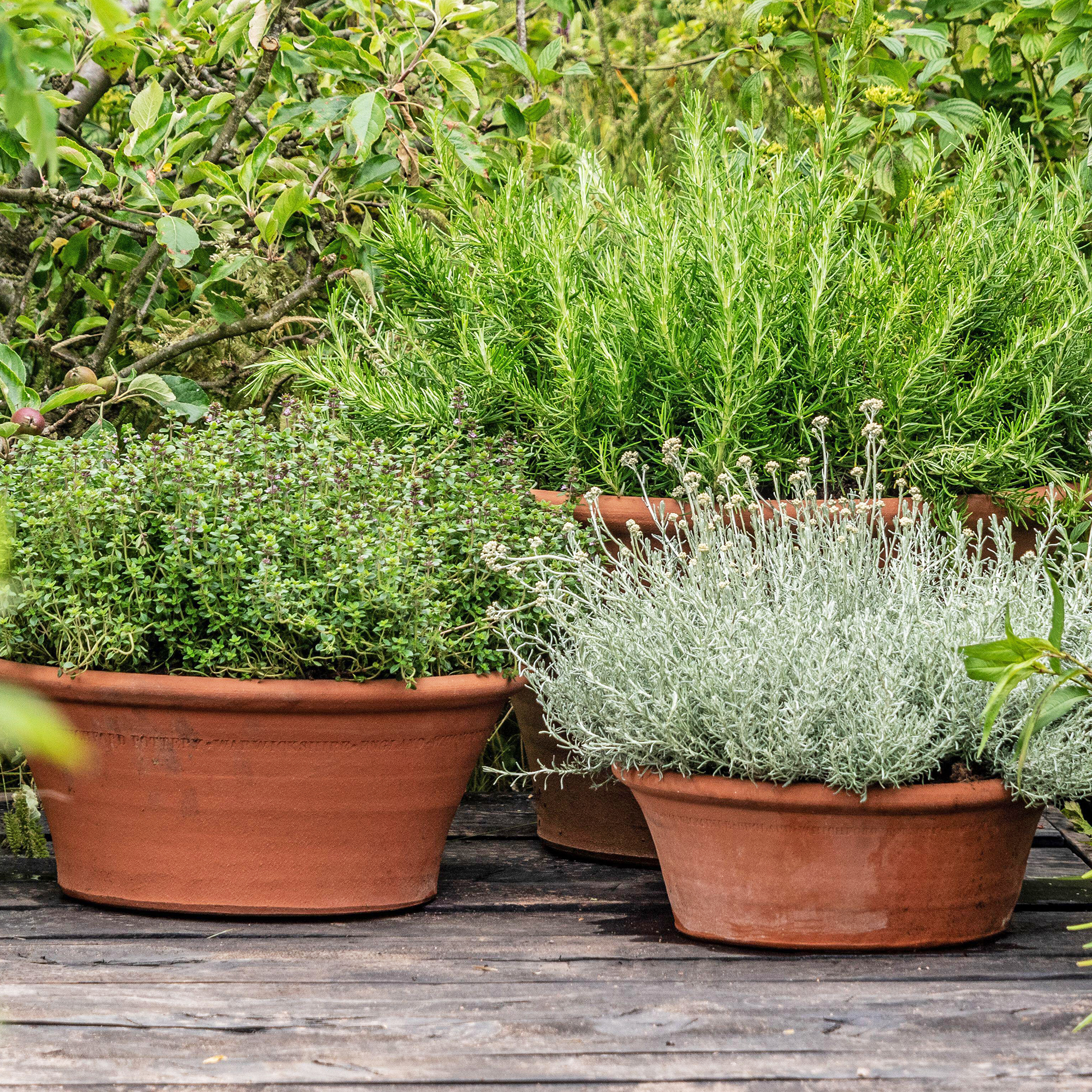 7 Perennial Herbs Perfect For Pots – Enjoy Aromatic Patio Harvests Year After Year
7 Perennial Herbs Perfect For Pots – Enjoy Aromatic Patio Harvests Year After YearDiscover the best perennial herbs to grow in pots. Ideal for small spaces, these low-maintenance plants offer year-round flavor and greenery on your patio.
By Bonnie L. Grant
-
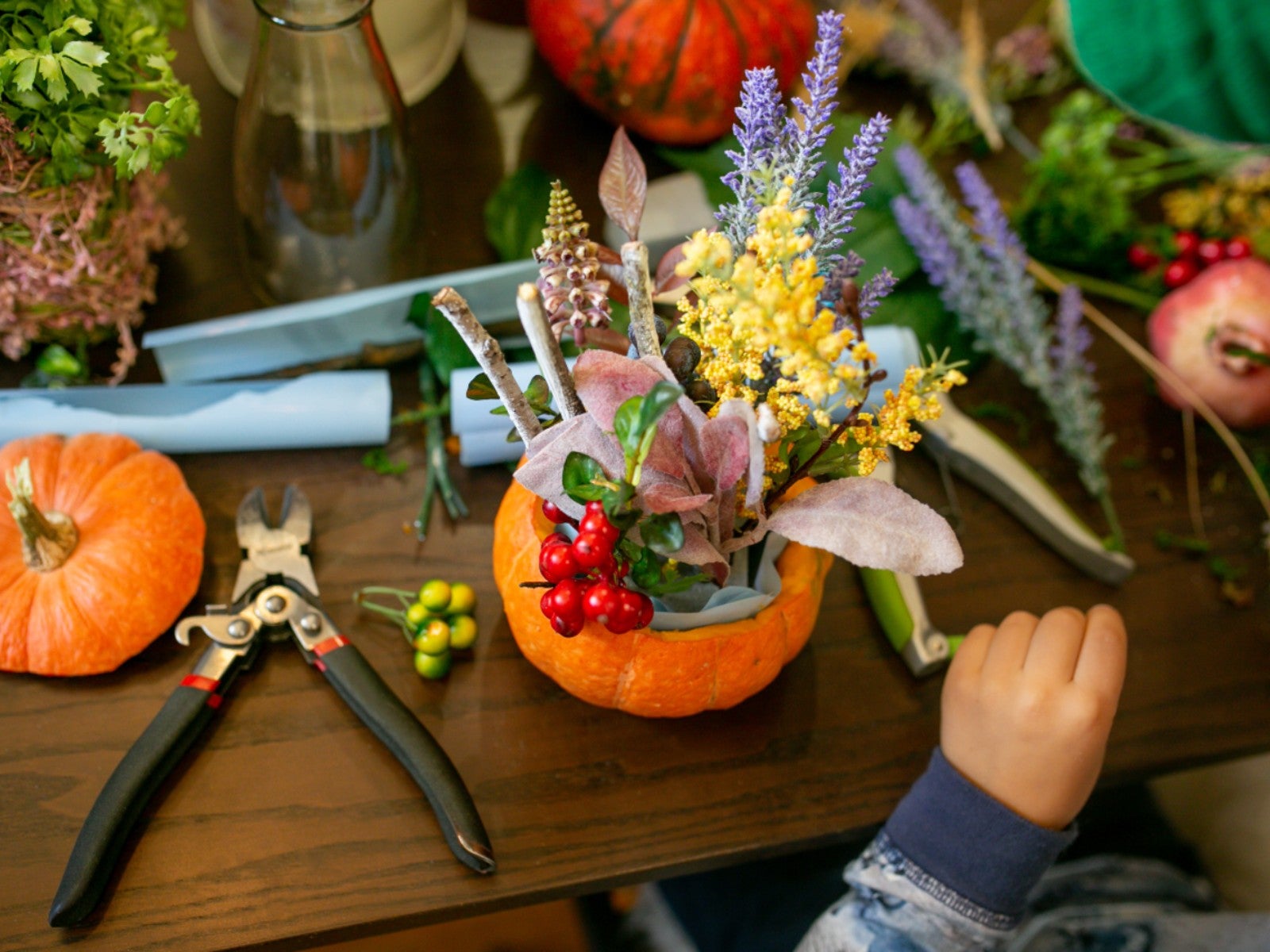 Do-It-Yourself Floral Pumpkin Centerpiece
Do-It-Yourself Floral Pumpkin CenterpieceCan you believe this pretty pumpkin centerpiece was made with just $13 worth of supplies? Plus, it was quick and easy.
By Amy Draiss
-
 9 Fun Things To Do With Pumpkins That Are Past Their Prime
9 Fun Things To Do With Pumpkins That Are Past Their PrimeWondering what to do with your pumpkin after the Halloween fun is over? Learn what to do with your pumpkins when you are done decorating with them.
By Teo Spengler